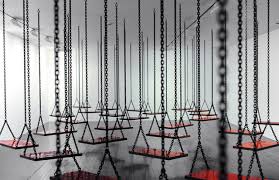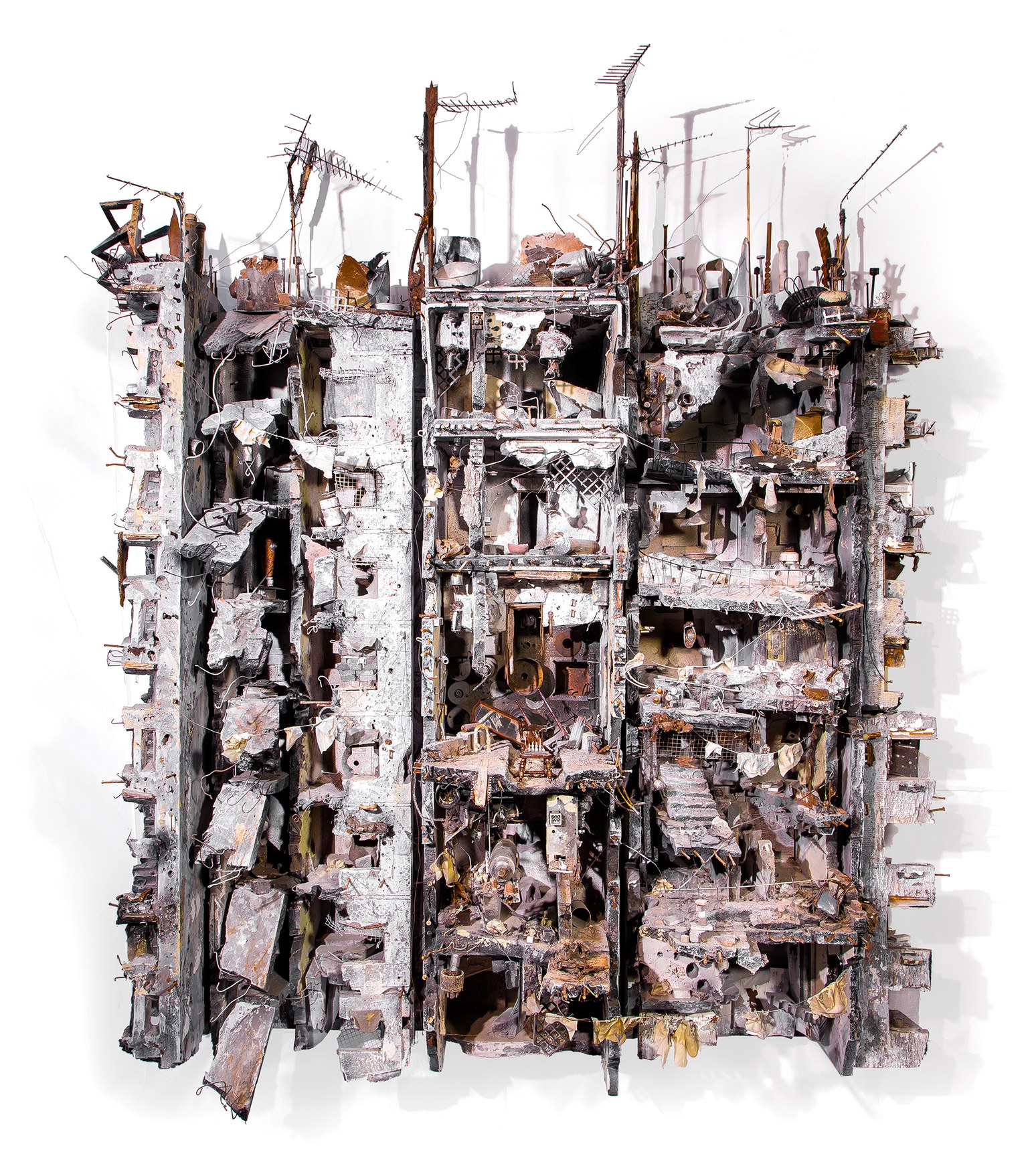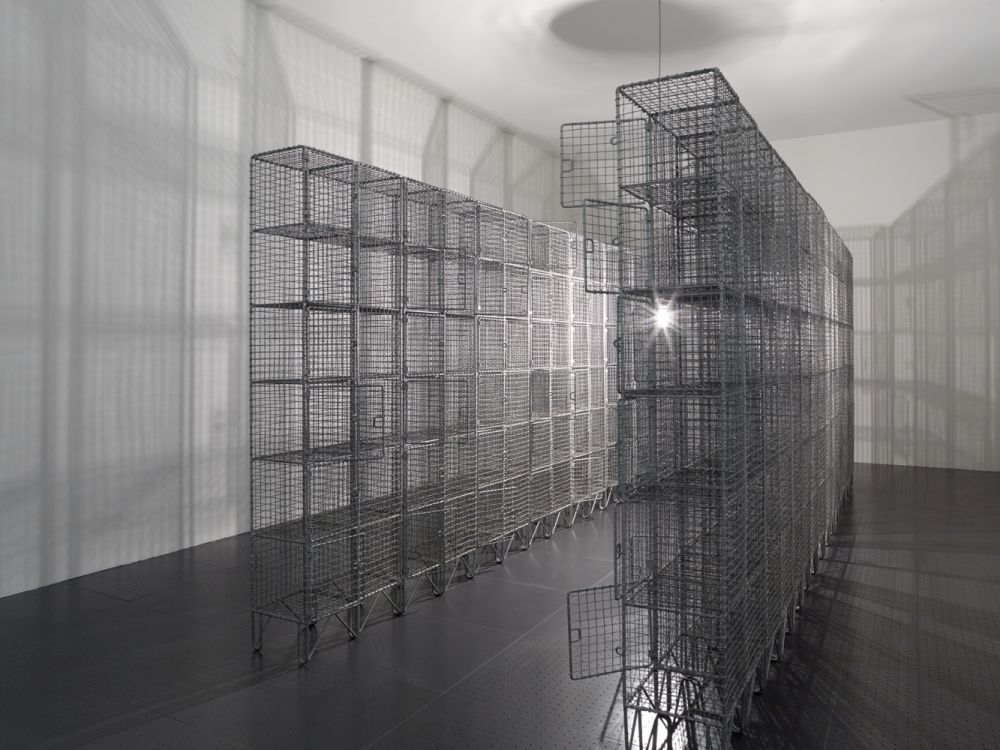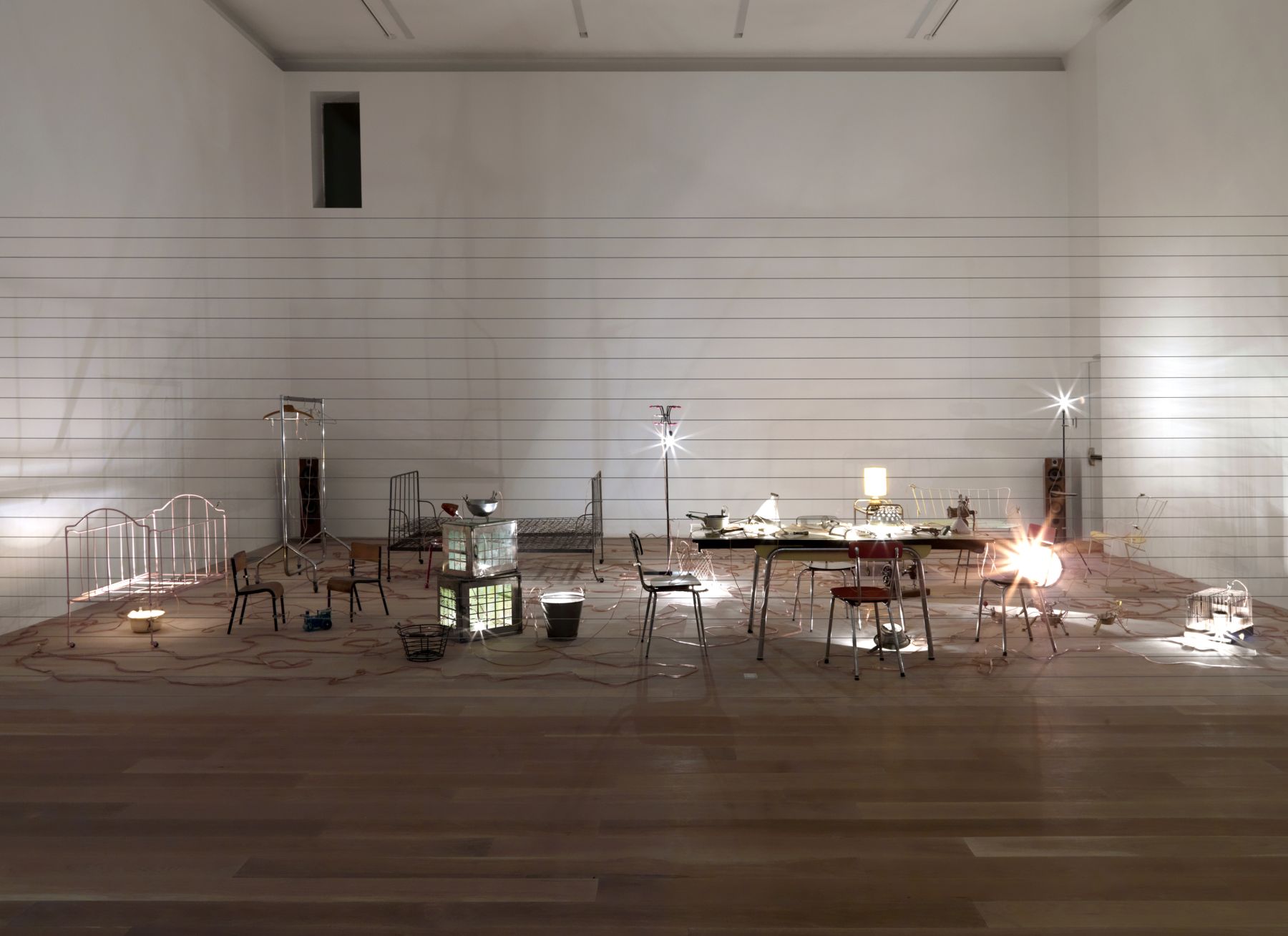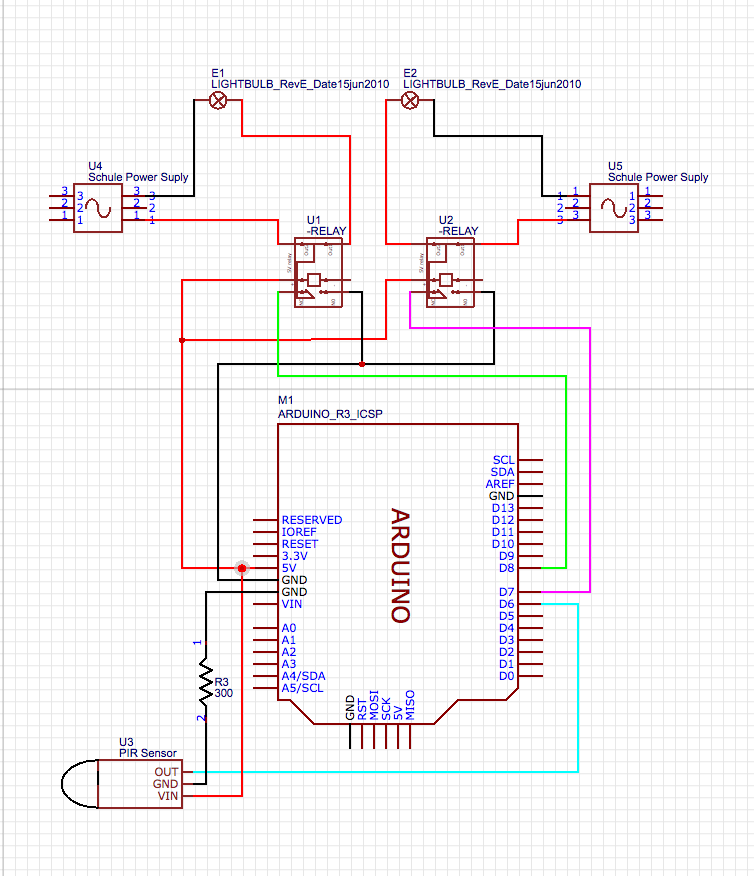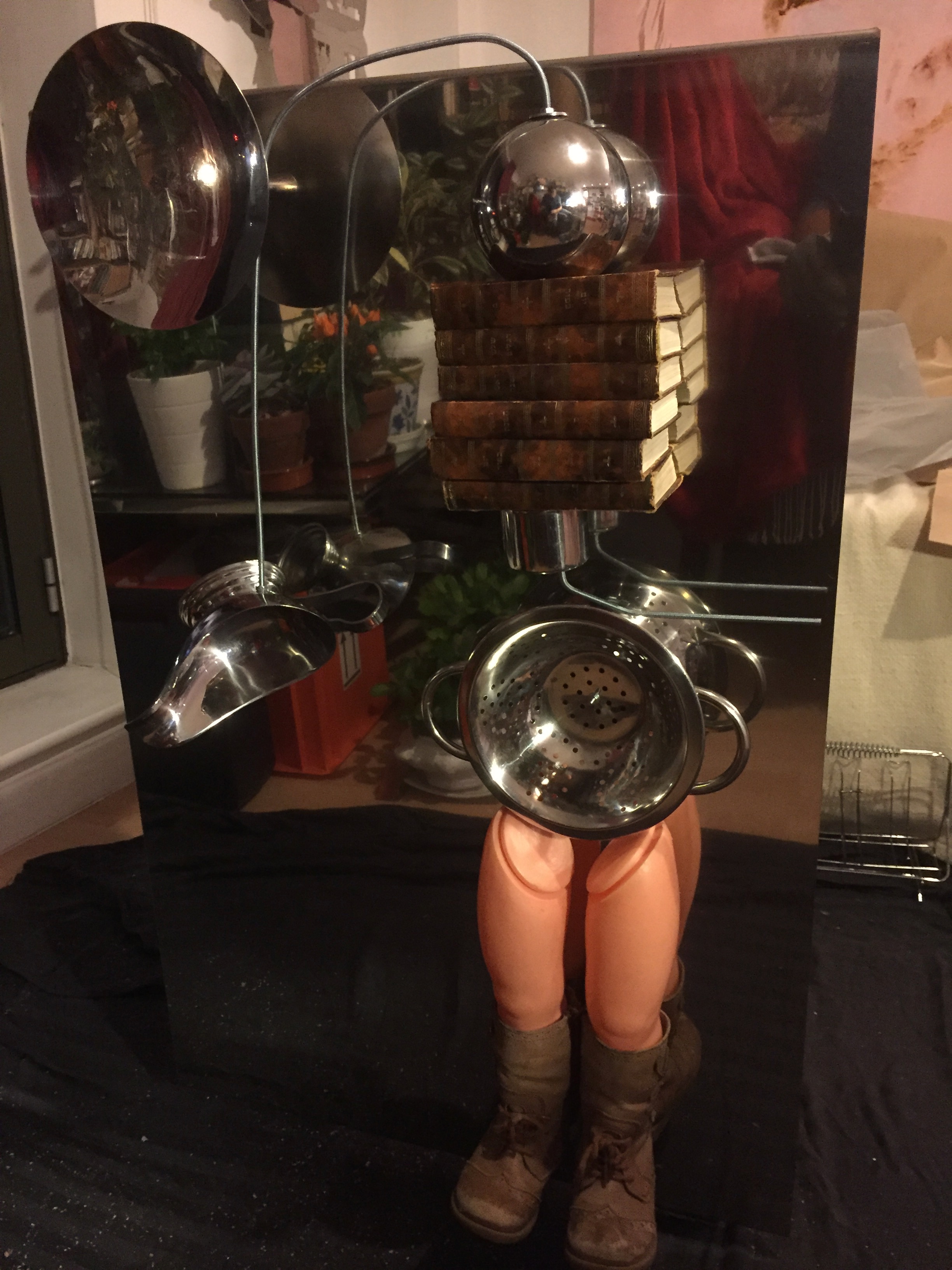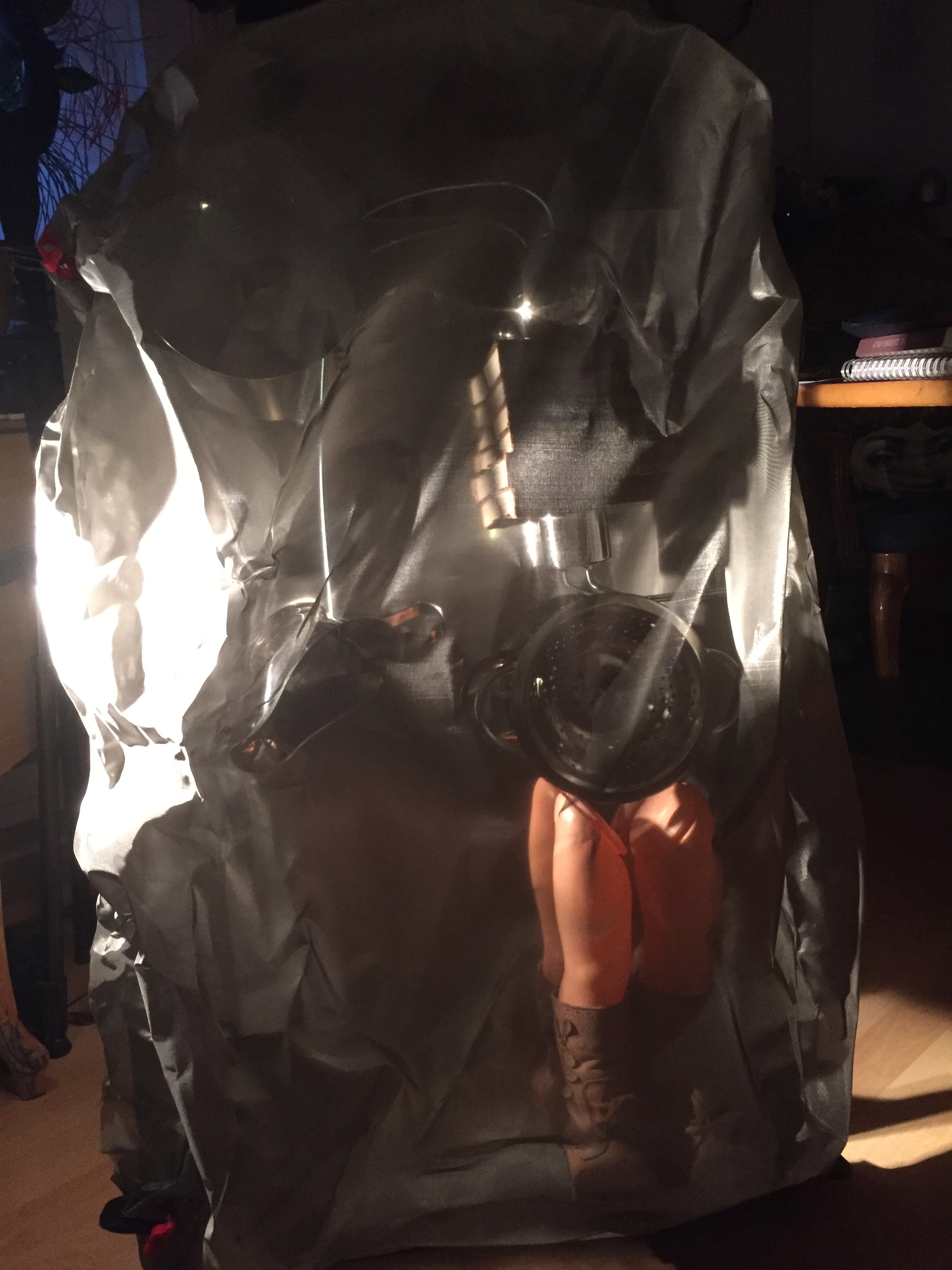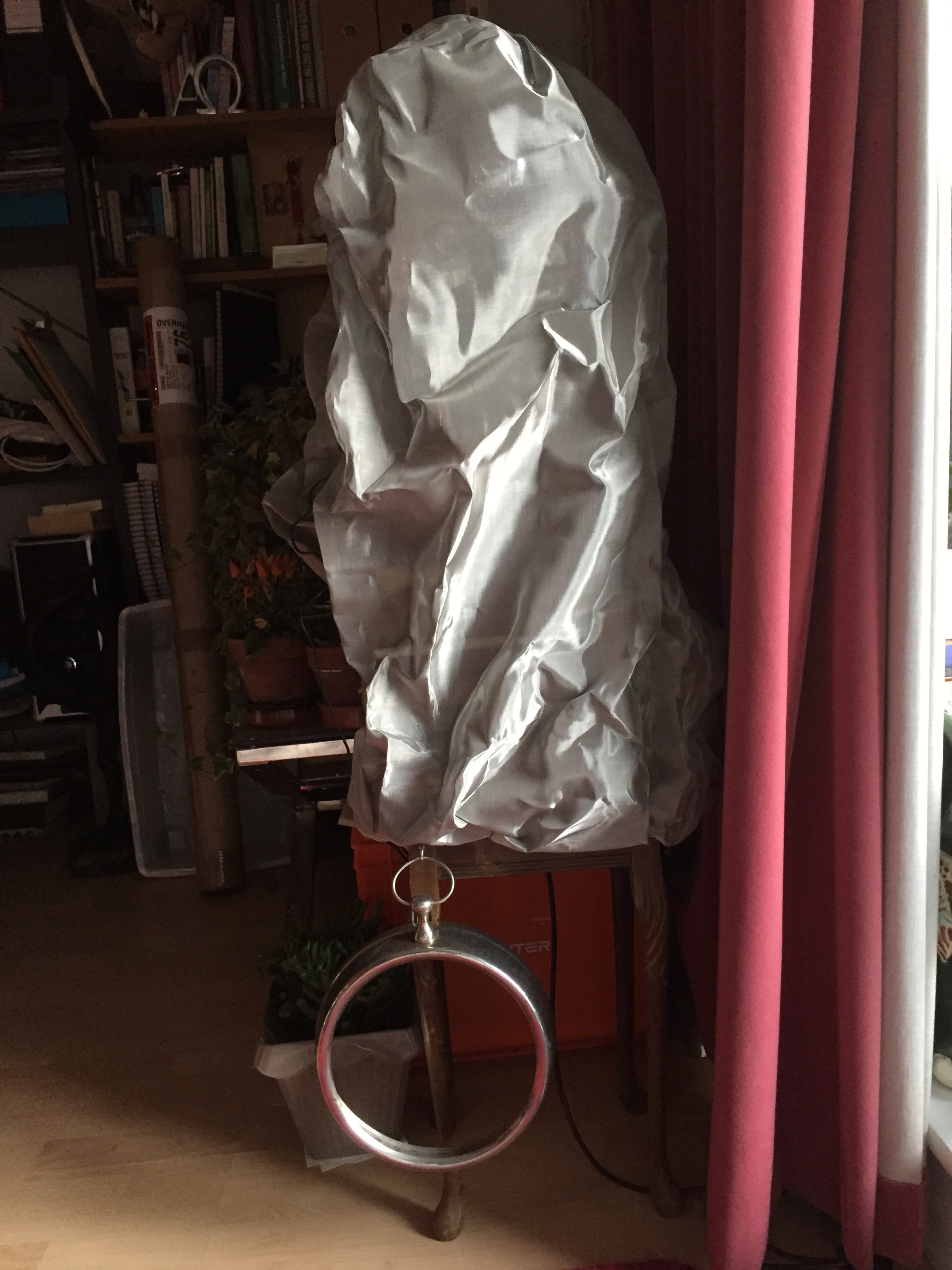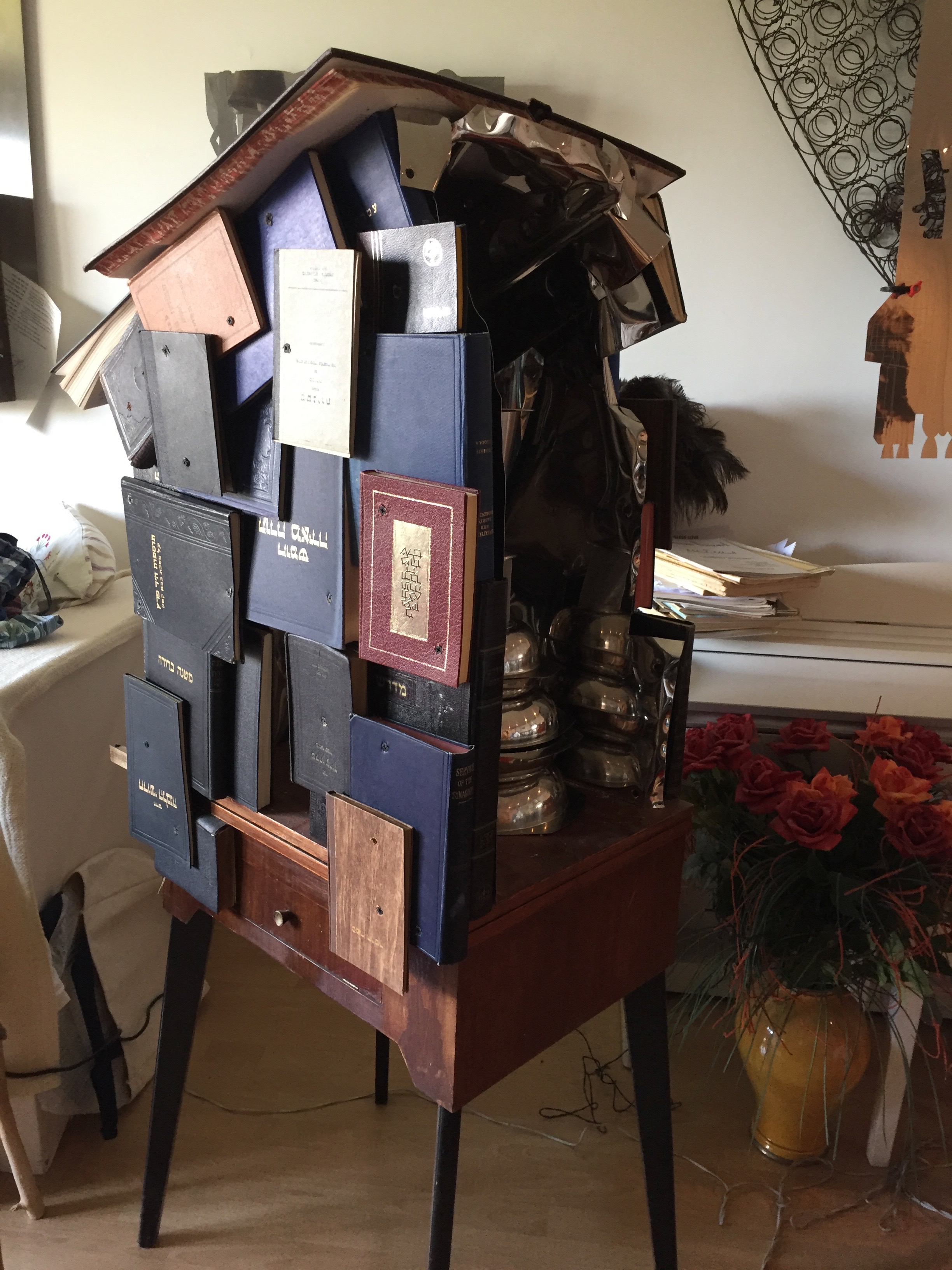Could be me, could be you!
Antisemitism in Europe of the 21st Century, almost a Century after Auschwitz, still exists and remains strong. Modern Antisemitism differs from the notion of the term the period of the holocaust, even though it is still expressed similarly as prejudice, suspiciousness and or violence.
produced by: Georgios GreeKalogerakis (Antonogiannakis)
Introduction
The inspiration of my project is the unreasonably high percentage of antisemitism in Greece in comparison to Europe.
A European statistical research run by the Anti-Defamation League (ADL) from July 2013 to February 2014, which took place in 100 countries and used a sample of 53.000 people in total; presented Greece to have a tremendous percentage of 69% antisemitism. In Western Europe is 24% and respectively in Eastern Europe around 34%. At about the same period, a group of academician researchers from Greece run a similar research within only the country. Unfortunately, the result of this research presented an even higher percentage of antisemitism in Greece. In Thessaloniki for example, the second biggest city in Greece, Jewish community in 1939 was 73.000 people; from whom 65.000 Jewish Greeks were killed by Nazis and only 8.000 people in total survived. Because of the fact that I do come from Thessaloniki, I grew up in between uncountable Jewish markets, squares and abandoned mansions. As an adult, I found irrational for the city residents beholding the remnants of the extermination of a local Greek community, even if that was a Jewish Greek community, nevertheless expressing such a high percentage of antisemitism even up today.
Concept and background research
My installation aims to create an emotional transition to the period of holocaust; while gives to the viewer the option of interacting and communicating with a Jewish family, a "Father", a "Mother" and a "Young girl". In my research through articles, books and documentaries of the second world war and Nazis, I read stories and watched videos/images of destruction, death, poverty, abuse, suffer and hate. Nazis before killing those innocent people, and or using them for their evil human experiments, were shaving their hair in order to produce woolen blankets and used their body oil for the maintenance of their vehicles. Jewish families have been annihilated by Nazis. Priority has been given to their money, silver cutlery, jewelry, books, family photos, even their golden teeth.
Jewish people tried to survive, protect their existence and perpetuate through their language, religion, books and tradition. Jewish numerology tradition, known as gematria, is a technique of understanding sacred texts. Specific numbers have a special and deeper meaning related of course to Judaism. I found numbers to be the best way to communicate with those Hebrew books; which I bought from an on-line auction two years ago. The amount of books I used to compose each piece, as well as the amount of screws, cables, the duration of the displaying time of each WAV file; generally, the portion or the amount of every material used in this installation was based on gematria.
The transformation of the real space in to a dramatic scenery, as a memorial to this dark part of Europe, created an extraordinary surrounding for the actual three sculptures. Ruined walls gave the impression of a destruction point, moreover, darkened ceiling gave a meaning to the alternating lights of the sculptures. I mixed stainless steel sheets and stainless steel silk, alongside the found objects, to create those interactive sculptures; which "reveal" their hidden parts when lighted internally. The transparency of stainless steel silk, a material I am using for first time in my art practice, inspired me to compose those sculptures and design the rest of the installation to support them. So, transparency, as a real subject of this project, led me to the next important material of this installation; nylon, which was used to cover the ceiling and parts of the walls. Nylon, commonly used to cover and protect objects when constructing or renovating, played a key role to this project. Founded in 1935 and became popular after 1940, during the second world war, commonly used nowadays as a "protector" of valuable things against dirt. Its basic specification though, transparency, makes it unable to "hide things" since you can see through it; or in a sophisticated approach cannot "hide truth”.
This installation includes three sounds, all displayed via sound vibrators and a separate stainless steel surface. There is a special meaning of those sounds in use. The big free standing sculpture, titled "Father", displayed a sound of a train departing from a station. Jewish people have been told that the reason of moving them to Poland and or to Germany was just to put them to work. The sound displayed by the other free standing piece, titled "Mother", is an old Hebrew lullaby saying "sleep my dear, sleep! Dad will bring you a gift when back from work". Finally, the sound of the third piece, the "Young girl", was originaly planned to be a recording of a young girl counting backwards in Hebrew from ten to zero. When I had the installation almost finished, I realized that this third sound was super emotional but extremely sad as a final detail. I swapped then this third sound with a real recording of an elementary school somewhere in Israel, in 1992. Additionally, I turned the sensor of this third piece permanently to ON, as I found releasing the sound of children playing and shouting happy. Regarding the IP, the sound of the departing train as well as the sound of the elementary school in Israel have been downloaded from a free sound website. The third sound, displayed by the "Mother", is an old Jewish lullaby I found on-line which does not have composing rights but a Standard YouTube Licence. Thus, I added the source link to the details of my YouTube video presentation as its reference.
My work has been influenced by Mona's Hatoum installations and the miniatures of ruins made of Halpern Hafez.
Program development and interaction
The technical part of this project consists of a hardware divided in to three parts, hardware, programming and an electrical installation. Hardware comprises an Arduino armed with a sound shield to display WAV files, a PIR sensor as an input and a double relay for the lighting activation. There are three identical hardware copies in total, one for each sculpture. All WAV files have been edited based on sound shield's specifications; bit resolution: 16 bit, sampling rate: 22050 Hz and audio channels: mono. Sound shield has a standard part of coding for the SD card checking, as well as the reading of the WAV files. All three Arduinos are programmed on Arduino IDE. I used part of a WaveHC sample found in Arduino’s library (Arduino> File> Examples> WaveHC> daphc), even though I simplified and transformed this part of coding myself for a better personal understanding. Next step was to connect and calibrate a PIR sensor to detect motion and activate an LED light on a breadboard. When part of my prototype was done, I added the sound shield and tried to display sound controlled by this PIR sensor. As long as the first LED light was switched ON and a sound was displayed via a sound vibrator; I added and programmed a second LED to be the external lighting of the sculpture. It is true that I found difficulties while preparing the final prototype; some ports on sound shield are preoccupied by the shield itself, even if they seem available. Took me a while to solve the mystery of why the sculpture's LED was blinking whilst sound shield was reading and displaying the WAV file. When that was done, I started experimenting with the relays, which literaly was the most tricky part of this project. High voltage needs extra care when working on it, fact that made me worried and nervous not to burn my circuit, let alone my computer and or my flat.
Finally, after having the first circuit switching ON and OFF a 220v bulb, I had to do the soldering of the other two sound shields. Sound shields are the same size of an Arduino, almost the same complicated in my eyes; and sold by Adafruit as a bag of components. When all three sound shields were finished, with SD cards being formated perfectly and readable by them; I had to make a plastic board base for each one and build up three identical hardware copies. I did the connections, the circuit soldering, programmed and calibrated the PIR sensors once more, fixed all parts on to the boards and tested them to make sure of their appropriate and safe functionality.
One last, but extremely important part was the electrical setting of the installation in the space. I did all electrical connections myself, sockets, cables, connected the electronic hardware with the 220v and switched everything ON. I calibrated the sensors for a last time, depending on the position of the sculptures, while at the same time I found the right position for the external lights of the pieces and the sound vibrators.
Arduino needs specific libraries in order to collaborate with a sound shield; to organize its pins and functions. For this reason I have included the following ten files of the WaveHC library:
Circuit design
Backstage video and photo gallery
Future development
Regarding my future development, I think I will keep on experimenting with sensors using physical computing. Potentially I would like to try using rotating motors, as I want to add motion to my pieces. Sound and lighting is something I have already used; a further exploration on advanced lighting sources could be possibly an interesting experimentation for the future. Lately, I tried several types of sensors and found the potential super interesting. Interactive installations were in the heart of my interest for more than a decade. What I need at the moment is time to gather all knowledge and technologies I have been introduced to; expand my ideas and gradually add them to my fine art practice.
Self evaluation
In terms of my self evaluation on this project, I can say that I am more than pleased with its outcome. Having sounds displayed by Arduino was something I could not even think I could do myself, let alone to control the switching of high voltage lighting. Took me a while to set everything and make everything work perfectly for the assessment, moreover the show, but I am satisfied of its full functionality up to the last second. It is true that I was worried and felt nervous during the presentation period, mainly for the electrical part of my installation and visitors’ safety, as it was an entirely new type of project to me and was finished under a high pressure. At the end though, I was impressed by the way people interacted with the sculptures, especially from the fact that most of visitors stayed for a long period of time to explore the details and or other parts of the project. Overall, I am happy with my development and fairly satisfied by the outcome and feedback of my final piece.
References
Judaism and Numbers
https://www.theguardian.com/books/2006/oct/08/historybooks.features1
Fischer, Conan. The Rise of the Nazis. Manchester: University of Manchester Press, 1995.
Gutman, Israel, ed. Encyclopedia of the Holocaust. New York: Macmillan, 1990.
Kirk, Tim. Nazi Germany. Basingstoke, England: Palgrave Macmillan, 2007.
Leitz, Christian, ed. The Third Reich: The Essential Readings. Oxford, UK: Blackwell Publishers, 1999.
































































